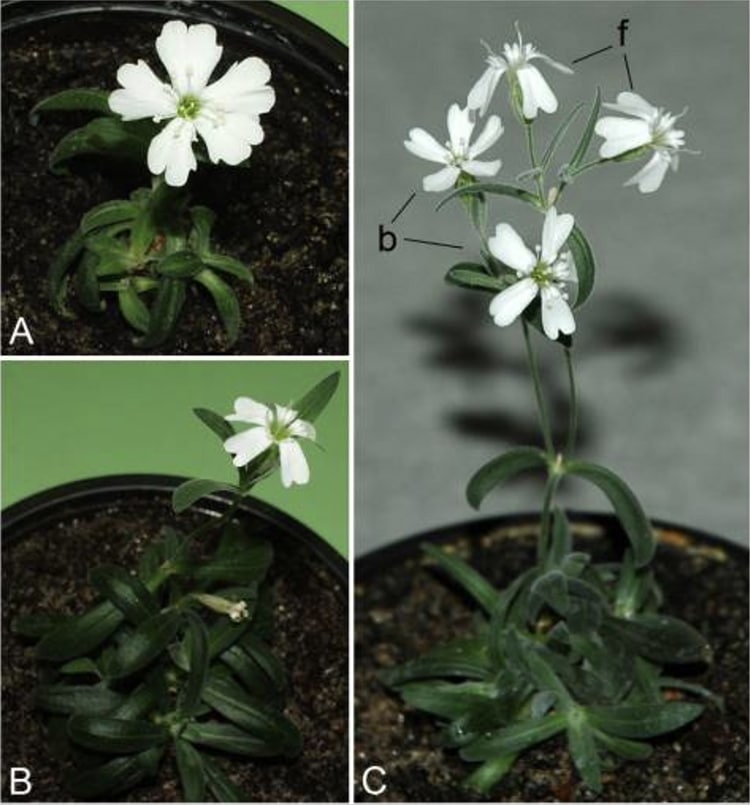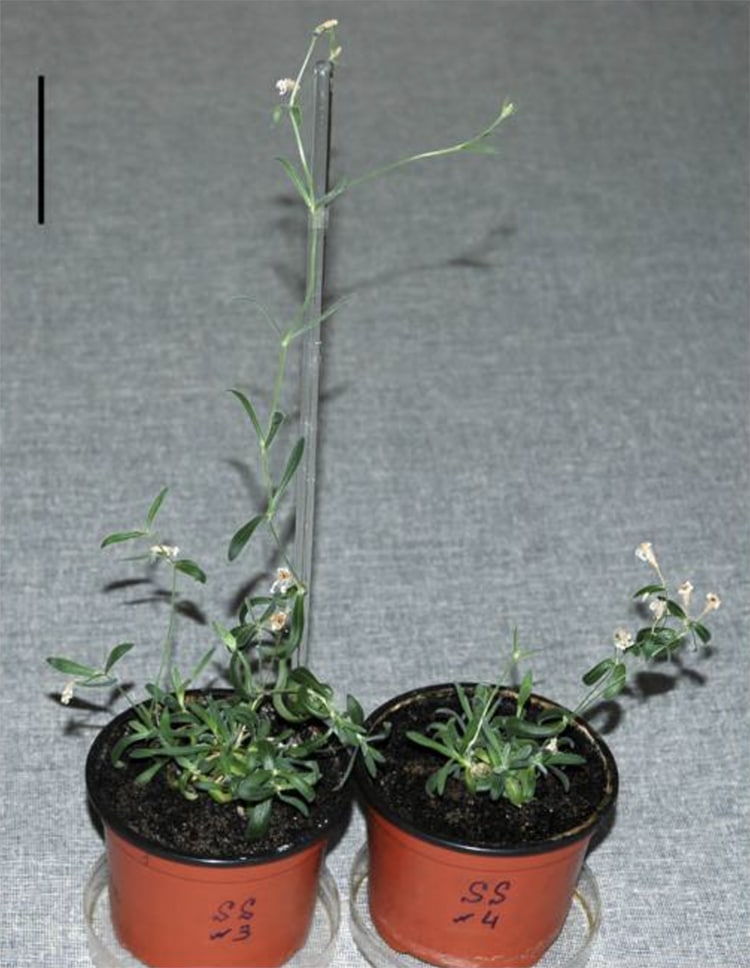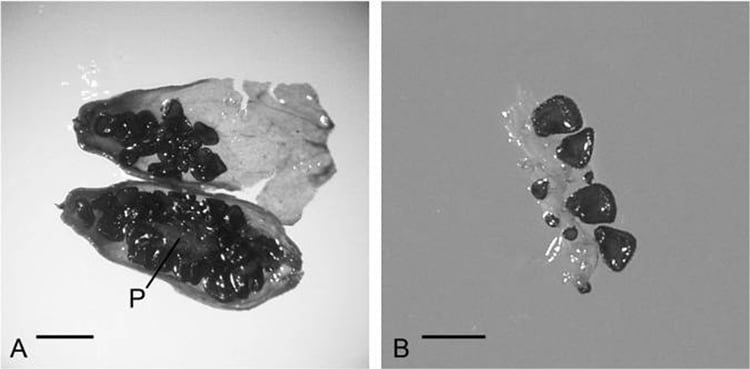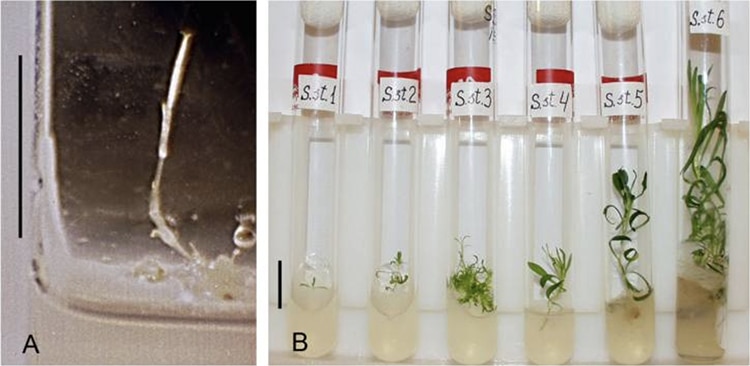Flowering plants of Silene stenophylla.
Whether its a well-preserved mammoth or ancient plants, scientists can learn a lot from these biological discoveries.
In 2012, a Russian team regenerated a series of fertile, floweringSilene stenophyllaplants from 32,000-year-old seed pods.

Flowering plants of Silene stenophylla. (Photo:S. Yashina et al, Proc Natl Acad Sci USA 2012, Figure 3)
The fruit of theSilene stenophyllaspecifically date to about 32,000 years ago in the Pleistocene epoch.
They presented a challenge for the researchers at the Russian Academy of Scientists.
Previously, the oldest regenerated plant was a Judean date palm dating to about 2,000 years ago.

The Silene stenophylla plant fruiting. (Photo:S. Yashina et al, Proc Natl Acad Sci USA 2012, Figure 2)
The Russian team first tried to use mature seeds from the fruit pods.
However, these seeds could not generate a plant.
The team then tried placental tissue from immature seeds.

The immature fruit of Silene stenophylla which was discovered in the permafrost. (Photo:S. Yashina et al, Proc Natl Acad Sci USA 2012, Figure 4)
Using cloning technology, 36 plants were bred from the ancient material.
These 32,000-year-old plants might be the key to unlocking further secrets of the permafrost.
Scientists in Russia resurrected a 32,000-year-old plant from the Siberian permafrost.

Cloning the Silene stenophylla from the discovered fruit placenta cells. (Photo:S. Yashina et al, Proc Natl Acad Sci USA 2012, Figure 5)
The Silene stenophylla plant fruiting.
The immature fruit of Silene stenophylla which was discovered in the permafrost.
Cloning the Silene stenophylla from the discovered fruit placenta cells.